HOW YOUR BROWNSTONE LOST ITS SOUL (1915)
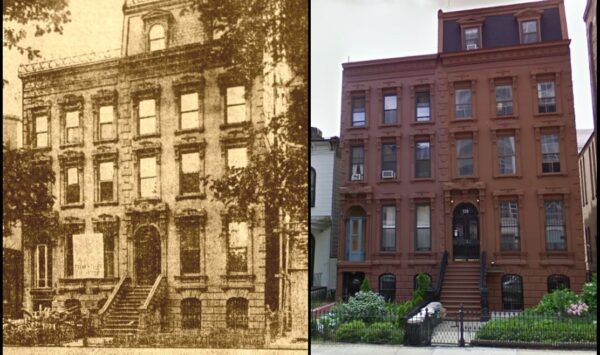
******************************************************************************************************************************** Brownstone Detectives investigates the history of our clients’ homes. The story you are about to read was composed from research conducted in the course of one of those investigations. Do you know the history of YOUR house? ******************************************************************************************************************************** It started just 20 years after construction began on “Brownstone Brooklyn” – our brownstones and townhouses began to lose their “souls.” Constructed in a time when owners needed three and four stories of room for large families, they had, in those times, existed as the epitome of style and class. Now that so much square footage so close to the city center was becoming too dear for so many residents (who did not have families or who needed much less room), builders were beginning to construct large apartment houses that provided all of the necessities of home within a smaller, but more stylish and efficiently laid out, space. Such competition from newer construction caused the formerly beloved brownstone to lose its lucrative “soul.” THE SOLUTION TO ANTIQUITY In 1915, real estate broker Frank Tyler struck upon an idea that turned out to be, in essence, a paradigm change: Take an old inefficient brownstone and turn it into a stylish and updated apartment house. Tyler noticed that “the average three-story and basement dwelling of old-fashioned style” had “become a drag on the real estate market.” Because of “great changes that have taken place in construction, and the popularity of apartment house living,” brownstone owners had been experiencing a decline in the rental […]
THE LOST ART OF MOVING HOUSES (1900)
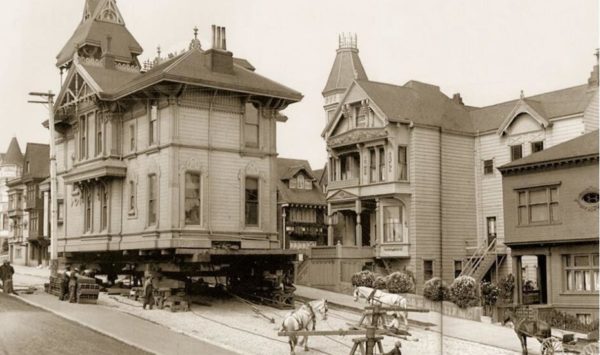
******************************************************************************************************************************** Brownstone Detectives investigates the history of our clients’ homes. The story you are about to read was composed from research conducted in the course of one of those investigations. Do you know the history of YOUR house? ******************************************************************************************************************************** An article in the 28 March 1900 edition of the Brooklyn Daily Eagle caught our eye the other day. It detailed an old practice of moving houses, and it took place in a time when the economics were such that their transport to another lot made more fiscal sense than tearing them down wholesale. In this story, however, the time it took to move this particular house took a toll on the neighboring residents. And, at one point, they gathered to tear the house down, themselves… THE HOUSE IN THE STREET The story took place in the early part of 1900 in Flatbush at the corner of Flatbush Avenue and Linden Boulevard. The subject was a frame structure that was being moved from that corner, although not quickly enough for local residents who protested the house’s temporary location on Linden Boulevard. And by “on Linden Boulevard,” we mean on the actual roadway itself. “A frame building stands in the middle of Linden boulevard, at its junction with Flatbush avenue. The building bears the sign of Vanderveer & Williamson, real estate agents,” the reporter started his story. Vanderveer & Williamson, we discovered – through combing the newspaper’s archives – were Adrian Vanderveer and Adrian N. Williamson, who had, by this point, had […]
HAS YOUR BROKER BEEN FOOLING YOU? (1905)
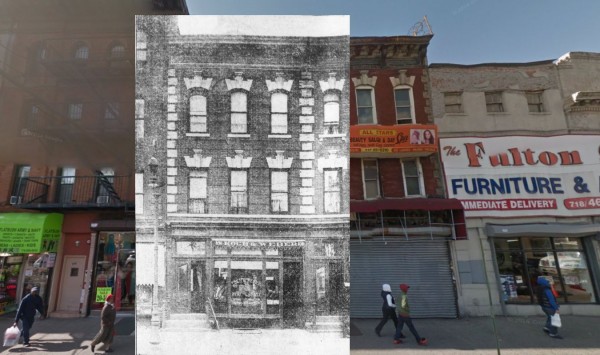
******************************************************************************************************************************** Brownstone Detectives investigates the history of our clients’ homes. The story you are about to read was composed from research conducted in the course of one of those investigations. Do you know the history of YOUR house? ******************************************************************************************************************************** In 1905, No. 838 Flatbush Avenue was only a few years old. But it was already on its third tenant. The Brooklyn Daily Eagle opened its Flatbush office at No. 838 (today, No. 834) that year, forcing Weber & Koch realtors out the door. The building had been constructed by Captain Henry Hoffman. Hoffman, referred to as captain from his sailing days, was the sole surviving member of the crew of the schooner America which had brought the America‘s Cup to the United states in 1851. In business life, Hoffman was a big man in New York society, having been a millionaire coal merchant, though, in 1905, and reputedly (according to many sources – amongst them the Daily Eagle) the wealthiest man in Flatbush at the time. Hoffman had originally expected to use the site for the real estate dealings he dabbled in. Soon after building the structure, however, Hoffman would sell and move on. The new owners would be the borough’s premiere newspaper, the Brooklyn Daily Eagle, which would maintained the office as a branch of the newspaper up until around the late 1920s. In 1918, however, part of the building was taken up by another organization. The Flatbush Chamber of Commerce established itself there. All this from an unassuming […]
THE DAY BED-STUY WAS BORN (1895)
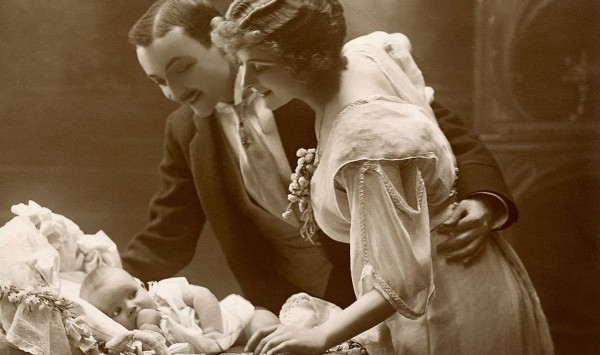
******************************************************************************************************************************** Brownstone Detectives investigates the history of our clients’ homes. The story you are about to read was composed from research conducted in the course of one of those investigations. Do you know the history of YOUR house? ******************************************************************************************************************************** Bedford-Stuyvesant, known coloquially as “Bed-Stuy,” is a section of Brooklyn that conjures as many mental images as there are residents of the district. With a past as colorful and storied as any other section of the borough, its ups and downs, though, seem to have been much more extreme. One only need consider the district’s unofficial slogan for much of the past 30 years, “Bed-Stuy: Do or Die,” to dredge up a very recent period sadly associated with images of guns, drugs, and gang violence. But this more recent history is not the point of this story. We want to go further back to try and understand how Bedford, which was formerly a village built up around the intersection of Bedford Avenue and what would become Fulton Street, joined with the developing neighborhood of Stuyvesant Heights. The official birthdate of Bedford-Stuyvesant has always been a moving target depending on the reference made or its actual source. Any discussion of its original designation would need to consider the fact that the term “Bedford-Stuyvesant” came about colloquially, and so unofficially, at first, but later took on the mantel of authority. WAS BED-STUY BORN IN THE ’30S? The majority of designations have placed Bed-Stuy’s birthday squarely within the 1930s. The New York Times, in […]
THE JAPANESE GILT OF 150 HANCOCK ST (1887)
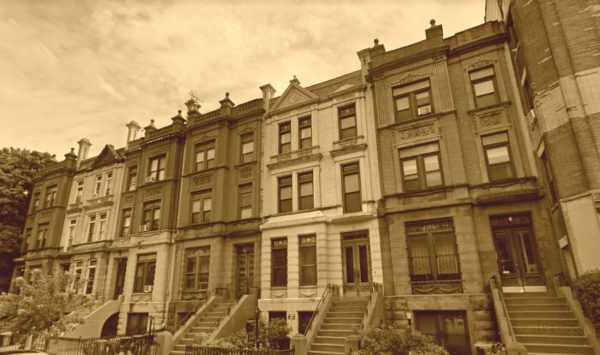
******************************************************************************************************************************** Brownstone Detectives investigates the history of our clients’ homes. The story you are about to read was composed from research conducted in the course of one of those investigations. Do you know the history of YOUR house? ******************************************************************************************************************************** Much of the design selections made by designers in the last part of the 19th century are comprised of a coterie of materials, patterns, and tools either no longer available today or much changed in their appearance. Although most builders used simple materials that did not require the knowledge or training of a master designer, some of the more high-end brownstone constructors utilized the services of those who would tailor their interiors toward the more affluent members of society. In the late 1880s, the Brooklyn Daily Eagle started a series of articles which described – in great length and detail – the interiors of individual newly-built or renovated houses. These houses were usually brownstones belonging to those affluent or upper-middle-class members of society. Not only did such articles describing the interiors of neighbors’ homes sell newspapers, but the articles also served as advertising directed at those in the market for a townhouse to have a home of their own. These advertisement-articles were placed, likely at the expense of the designers responsible for the “interior decorations” being described, as each piece ended with what readers wanted to know. “Who did the work?” THE WORK WAS DONE BY HALBERT In 1886, a row of Queen Anne style 3-story and basement “brown stone houses” […]
THE GANG THAT STOLE HOUSES (1907)
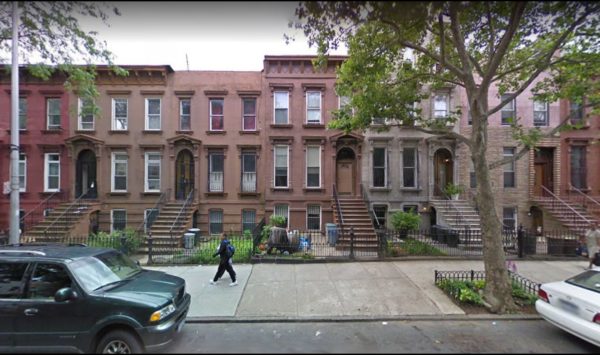
******************************************************************************************************************************** Brownstone Detectives investigates the history of our clients’ homes. The story you are about to read was composed from research conducted in the course of one of those investigations. Do you know the history of YOUR house? ******************************************************************************************************************************** Stealing homes is not a unique and recent invention. Known by its formal title as “deed fraud,” it involves the collusion of wrong-doers within and without city government. Cases of “deed forgery,” or of the filing of “bogus deeds,” have existed from the time that paper has been used to represent the transfer of property from one party to another. In the case of “deed fraud,” the difference between it and a regular legal real estate conveyance, is the fact that, in the former, someone else has represented themselves to be owner of a property they do not possess by forging their – or someone else’s – name on a document representing the parcel of property. The fraud continues when that document is notarized, sometimes illicitly on the part of the notary, and then filed with the city which represents that the victim’s parcel of property has now been transferred to someone else. The fraud, at this point is usually not complete, as the bogus transferer of the victim’s deed then transfers the victim’s property a time or two (or three) (through the hands of buyers who either have no idea their name has been used – or who happily allow their names to be used for a price) until the […]
THE RENTERS OF CARROLL GARDENS (2017)
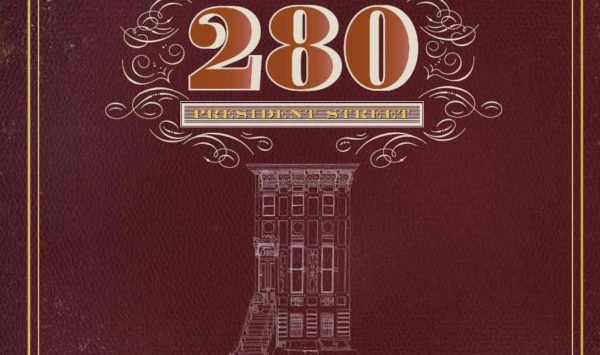
“A British cheese dealer, a newsman who predicted his own death, a leather merchant with a penchant for chorus girls, an alleged wife murderer, a German dentist with political aspirations, a Norwegian hero tugboat captain, and an Italian bomb builder…” These are many of the characters who were discovered during the recent investigation into the history of a Carroll Gardens brownstone. The historic property, No. 280 President Street, is an 1880 brownstone that was, additionally, built by a man who turned out to be the product of a clandestine relationship that rocked Brooklyn in the 1870s with stories of challenged wills, mental illness, and “other” women, presented under such headlines as “BEDEVILED” and “DRAKE’S WILL: His Illegitimate Children Most Carefully Provided for.” For nearly 100 years after the house was completed, No. 280 served its various owners as a rental property. The first owners to actually live in the home, Joachim and Eunice Auer, purchased it in 1979. After navigating redlining, remediating a rat and termite infestation, and entering into a year-long renovation, the Auers settled into enjoying their 2-story and basement home directly across the street from Carroll Park. While the Auers had always been interested in the history of their house (indeed, it was one of the reasons that they bought the house), and after doing some amount of research themselves, they decided to find someone who could more fully track down the history of their home. They turned to a detective – a Brownstone Detective. After a year […]
A REALTOR ON THE PARK SLOPE (1885)
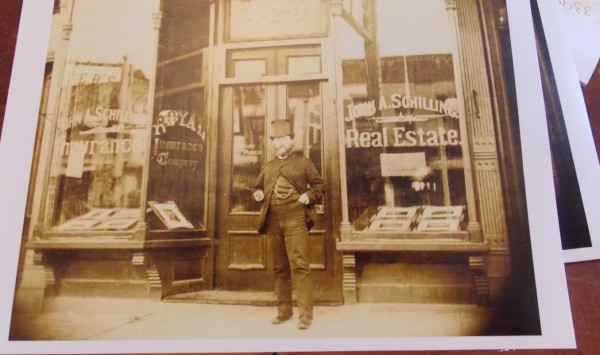
******************************************************************************************************************************** Brownstone Detectives investigates the history of our clients’ homes. The story you are about to read was composed from research conducted in the course of one of those investigations. Do you know the history of YOUR house? ******************************************************************************************************************************** In 1885, Park Slope was still expanding at a rapid clip; houses were being built and sold to those members of a future Brooklyn elite who were then moving from Manhattan across a recently completed Brooklyn Bridge. Enter John A. Schilling of 429 5th Avenue (btwn 8th and 9th streets), who cared for all of Prospect Park Slope’s realty and insurance needs. Schilling appears to have been at the Fifth Avenue location from 1882 through at least 1894, at which time, probably due to the Panic of 1893, the real estate market dried up. These bad economic times, which lasted most of the decade, would force him to go out of business and sell his office – after which he would seek other employment. With his Republican political connections, and the fact that another German, Republican Charles A. Schieren, had just been elected mayor of Brooklyn, that work came in civil service positions which had him working for various Brooklyn city agencies. Schilling was also a Civil War veteran, which was common for men his age living in Park Slope during the period. When Schilling passed in 1910 on Montague Terrace in Brooklyn Heights, he was memorialized in the press as “very popular among his associates.” Follow @BrownstoneDetec Share ———————————————————————————————————————– The […]